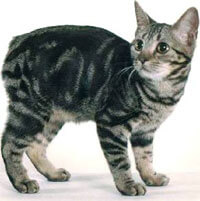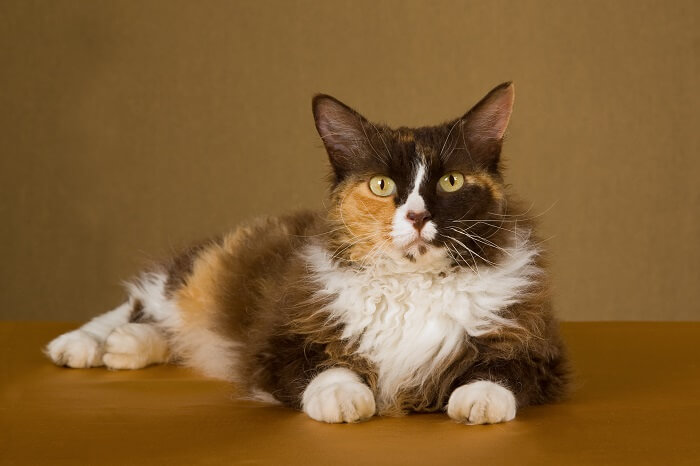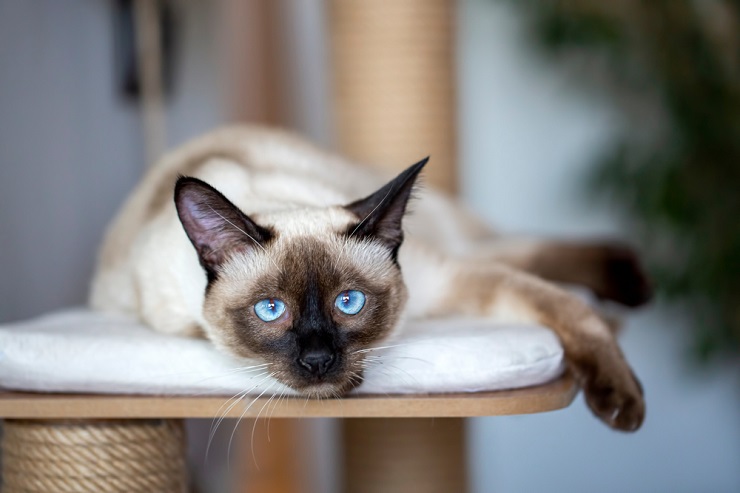Manx : Cat Breeds
This page contains affiliate links. We may earn money or products from the companies mentioned in this post through our independently chosen links, which earn us a commission. Learn More

This breed of tailless cats originated on the Isle of Man in the Irish Sea .It was there that a small population of these beautiful cats were discovered. In the UK, manxes have been participating in exhibitions since the end of the 19th century. In the US, they were first introduced in 1899, the CFA officially recognized it in 1920.
Appearance
The most characteristic difference is the absence of a tail. Significantly longer hind legs give the manxes a specific “rabbit” gait. They differ in the rounded shape of the eyes, head, body and legs. Male manx cats are much larger than females. Many Manx have a small stub of a tail, but Manx cats are best known as being entirely tailless; this is the most distinguishing characteristic of the breed, along with elongated hind legs and a rounded head. Manx cats come in all coat colors and patterns, though all-white specimens are rare, and the coat range of the original stock was more limited. Long-haired variants are sometimes considered a separate breed, the Cymric.
Personality
The Manx is considered a social and gregarious cat, and very attached to humans, but also shy around strangers. The breed is said to be highly intelligent, playful, and in its behavior is similar to dogs. For example, like some Maine Coons and a few other breeds, Manx cats often learn to fetch small thrown objects. They may also follow their owners about like puppies, and are believed to be more advanced in learning simple verbal commands than most cat breeds.
Health
Both pedigreed cats and mixed-breed cats have varying incidences of health problems that may be genetic in nature. Manx are generally healthy, but arthritis of the tailbone in cats with partial tails is common. Also corneal dystrophy, a cloudiness that begins to develop when a kitten is approximately 4 months old is associated with this breed. Manx syndrome is a collection of birth defects that may include a spine that is too short, urinary tract defects, and problems with the bowels and digestion. This condition affects approximately 20 percent of Manx cats, most often rumpies (no tail at all), and usually shows up by the time a kitten is 4 months old.



